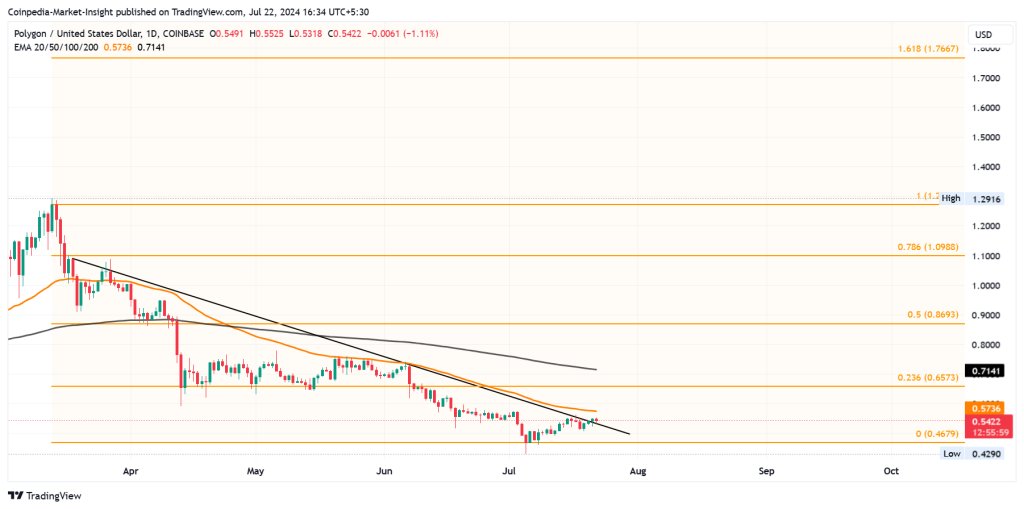Category: Gold News
Disappointing wheat prices – Ohio Ag Net
Following a great dinner at home recently, Cindy asked, “So, Doug, if you were preparing tomorrow night’s meal, what would you make?” Hmn…My response, “Remember that time I made a baloney omelet?” I was immediately disqualified. Producing a meal requires skill, planning, experience, and common sense — just like producing crops. No baloney about that!
Recent price activity for CBOT wheat has been extremely disappointing. During the first half of December 2023, July CBOT rallied to $6.66 in the midst of a 3-day buying spree when China bought 41 million bushels of US wheat. Fast forward to the week of March 11. Disappointment was plentiful when in 3 successive days China announced several cancelations of U.S. wheat purchases totaling 18 million bushels. That same week China was also canceling wheat purchases from Australia and France. Corn, soybeans, and wheat all took huge price declines from December into February. While corn and soybeans reached contract lows the week of Feb. 26, wheat continued to move lower into the first half of March when July CBOT reached its most recent contract low at $5.37 ¾. It made multiple new contract lows in both February and March.
U.S. wheat producers last fall were obviously optimistic on prices as total acres estimated by USDA for 2023-2024 were expected to reach 49.6 million acres, up 3.8 million acres or 8% from 2022-2023. While many producers were applying nitrogen the last half of March and into early April, some producers were at least contemplating destroying wheat due to the price declines since December. Instead, they would plant corn or soybeans.
There continues to be growing confusion on world soybean imports into China. On one hand, the March USDA WASDE Report detailed China would be importing 105 million tons, a furious appetite of world soybeans for the current marketing year which ends August 31. That is an increase of 3 million tons from the Feb. 8 WASDE Report. The 105 million tons of soybean import is a monstrous number, the equivalent of 3.858 billion bushels, using nearly 93% of U.S. soybean production from 2023 if China imported exclusively U.S. soybeans. Of course, that will never happen but the comparison is mentioned only to highlight the vast import number. Here’s the confusion. To date, China has been buying very little of Brazil soybeans, while the latest U.S. soybean sale of 11 million bushels was on Jan. 19.
Into early March, Brazil farmers were extremely disappointed with the snail-like pace of soybean sales to China. Noticeably absent from the headlines has been any mention of Brazil soybean sales to China, which weeks earlier accounted for only 3 to 8 cargoes, roughly 2 million bushels per cargo, each week on several instances in January and February. Brazil’s soybean harvest to date was progressing faster than normal. It proved to be frustrating that soybean prices were declining along with the basis also widening as harvest progressed.
May 2024 CBOT soybeans reached a recent high at $12.17 ½ on March 14 up 20 cents on the day. That morning, Brazil farmers were heavy sellers of soybeans, putting an end to the mid-morning rally, as soybeans were down one penny on the close. Evidently, the 2-week rally of nearly 90 cents caught lots of attention when it was recognized for the steep climb in just two short weeks from its contract low of $11.28 ½ on Feb. 29.
Why is there a big spread between USDA and Conab, Brazil’s food agency on Brazil’s production numbers for soybeans and corn? USDA projected Brazil’s soybean production at 155 million tons and the Brazil corn production at 124 million tons. Conab has projected the Brazil soybean production at 146.8 million tons with the Brazil corn production at million 112.7 tons. You would think the numbers would be much closer.
Last month I was with a group from the Fairfield Soil & Water Conservation District touring two solar farm projects in Ross County. We were able to see their construction methods which included racking systems and panel placements that followed the contour of the topography. Their use eliminated the need for moving huge amounts of soil to have table top consistency across the project. In addition, the projects utilized a special mix of grasses grown onsite before the project started, then baled for future seeding efforts. This eliminates the need for straw to be imported from outside the project area, preventing plant species not already present at the project sites.
Thought for the day, “When you don’t know what you’re talking about, it’s hard to know when you’re finished.” – Tom Smothers.
Source link
Discover more from BIPNs
Subscribe to get the latest posts sent to your email.
Written by : Editorial team of BIPNs
Main team of content of bipns.com. Any type of content should be approved by us.
Share this article:
Discover more from BIPNs
Subscribe to get the latest posts sent to your email.









